15.10.2024
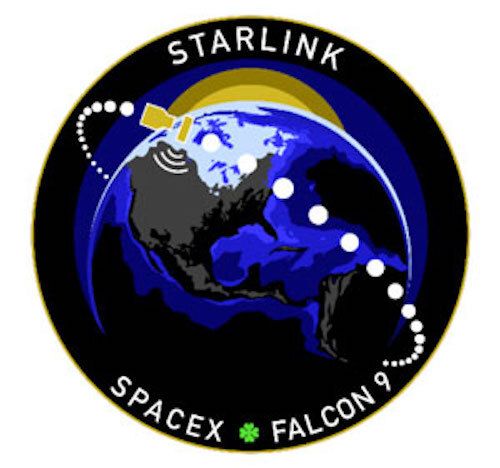
SpaceX now targeting next Falcon 9 rocket launch for early Tuesday morning from Cape Canaveral
There's an early morning launch on tap Tuesday from Cape Canaveral, now that SpaceX's Falcon 9 rocket fleet is cleared to return to flight after an upper-stage mishap.
In the Cape's first Falcon 9 liftoff since Hurricane Milton churned across the Space Coast, SpaceX is targeting a window from 1:26-5:56 a.m. EDT Tuesday to launch the Starlink 10-10 mission from Launch Complex 40 at Cape Canaveral Space Force Station, a Federal Aviation Administration operations plan advisory shows.
The Falcon 9 will deploy a batch of Starlink internet satellites, which are packed inside the fairing atop the 230-foot rocket.
This mission had initially been slated for early Monday morning, but SpaceX pushed back the launch window roughly 24 hours.
Why? SpaceX is also targeting 12:06 p.m. Monday to launch NASA's Europa Clipper spacecraft to one of Jupiter's moons atop a triple-core Falcon Heavy rocket at Kennedy Space Center. And that mission has precedence on the Eastern Range calendar, Tim Dunn, launch director with NASA's Launch Services Program, said during a Sunday during a prelaunch media teleconference.
Dunn said NASA has traditionally asked SpaceX to push back its Starlink liftoffs to create a "setback" time period in advance of the agency's LSP launches so personnel can review prior launch data for potential flight anomalies.
"Given the nature of Europa Clipper flying on a Falcon Heavy, obviously there's three times the booster data that has to be evaluated on that flight. And so, it takes resources from our team that need to commit themselves to be ready for Clipper," he said.
On that topic, Julianna Scheiman, NASA Science Missions director, said, "one of the most important rules in rocketry is to stay paranoid and stay hungry." While SpaceX's Florida crews were securing facilities for Milton, she said the team in Hawthorne, California, was poring over a spectrum of past flight data and other information.
FAA officials notified SpaceX on Friday that Falcon 9 rockets were authorized to return to regular flight operations. An investigation ensued after a Falcon 9 upper stage landed in the Atlantic Ocean outside of the designated splashdown zone during the Sept. 28 SpaceX NASA Crew-9 launch from Cape Canaveral Space Force Station.
No Central Florida sonic booms are expected during Tuesday's Starlink mission. Instead, after soaring skyward along a northeasterly trajectory, the rocket's first-stage booster will target landing aboard a SpaceX drone ship out at sea roughly eight minutes after liftoff.
Quelle: Florida Today
+++
Update: 17:00 MESZ
.
On Tuesday, October 15 at 2:10 a.m. ET, Falcon 9 launched 23 Starlink satellites to low-Earth orbit from Space Launch Complex 40 (SLC-40) at Cape Canaveral Space Force Station in Florida.
This was the 11th flight for the first stage booster supporting this mission, which previously launched Euclid, Axiom-2, Axiom-3, Cygnus NG-21, SES 24, CRS-30 and now five Starlink missions.
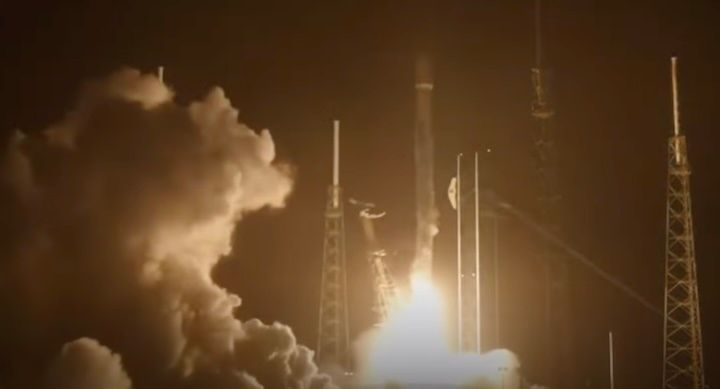
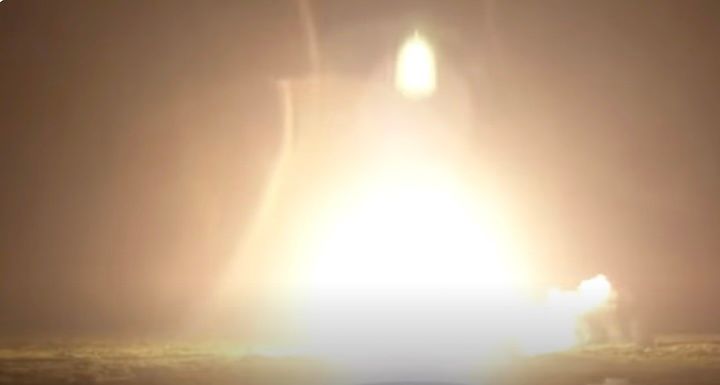
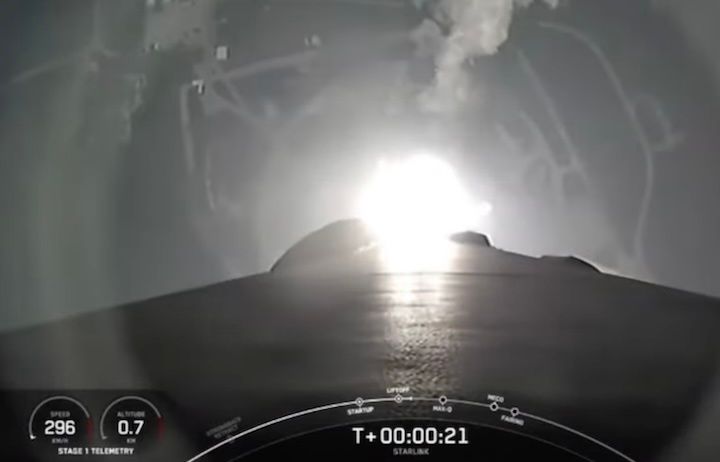
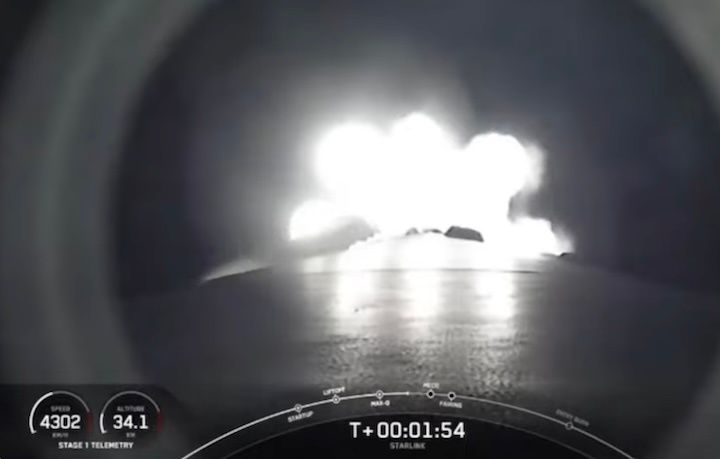
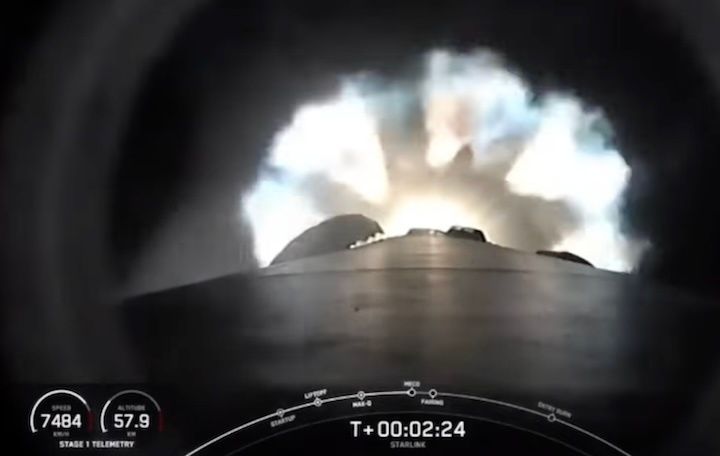
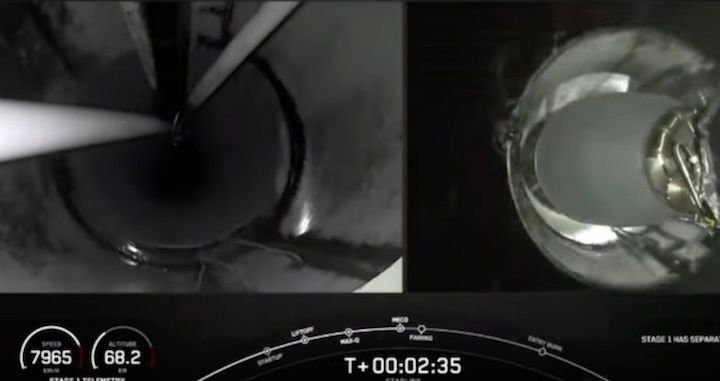

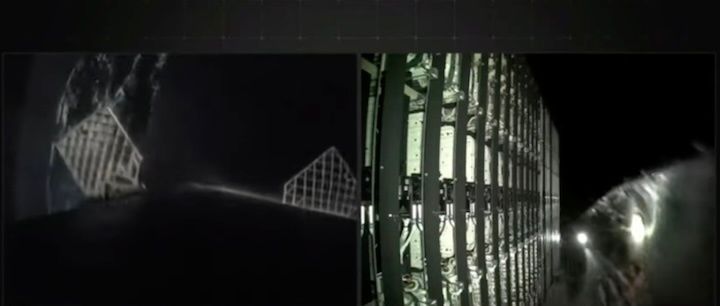
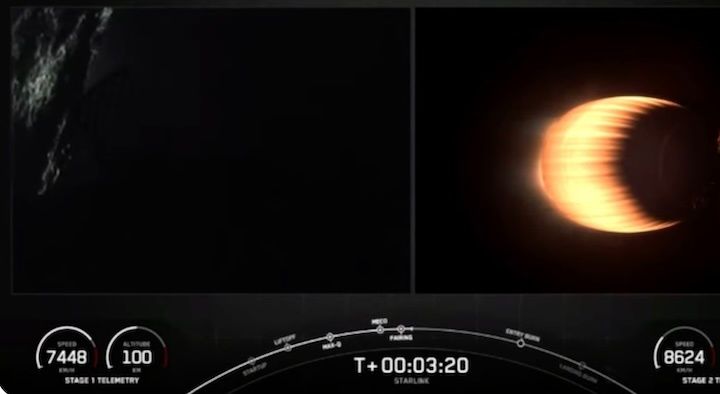
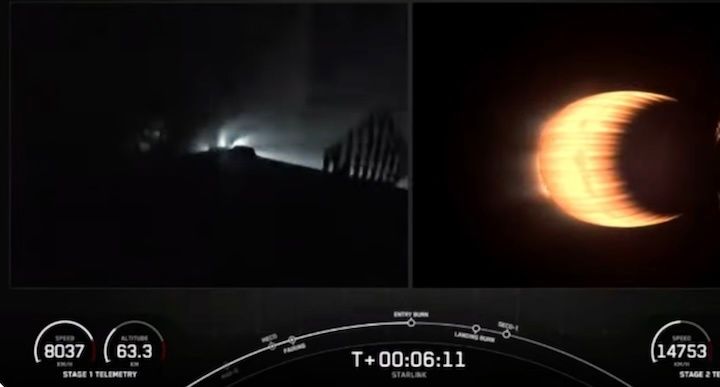
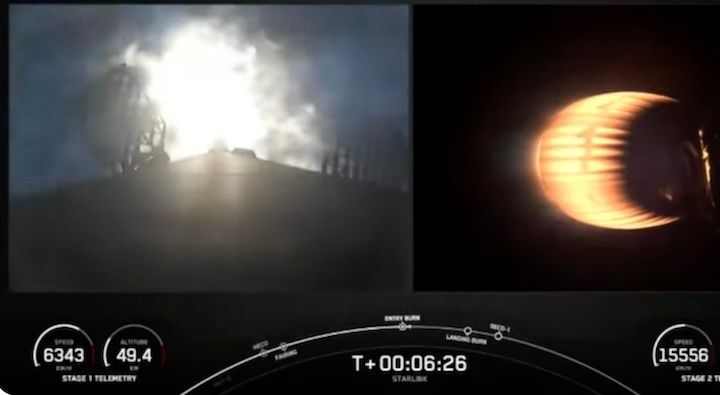
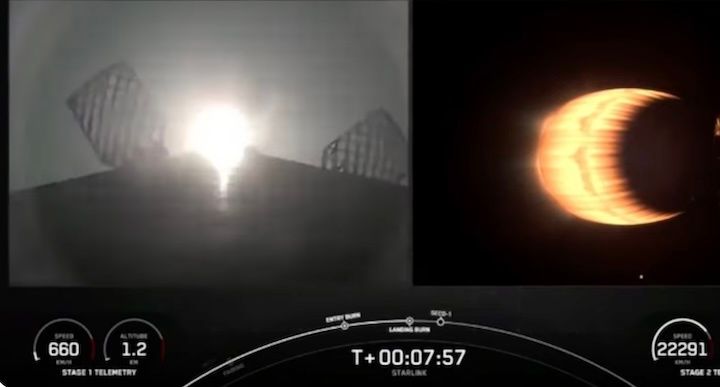
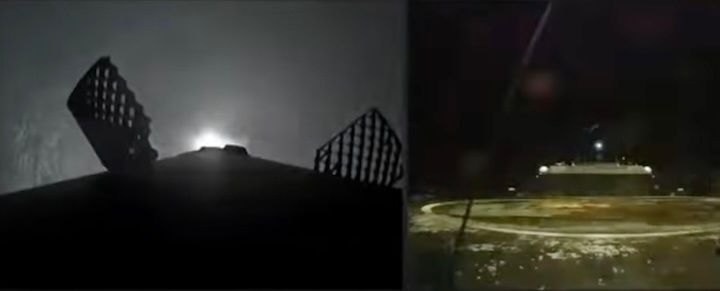
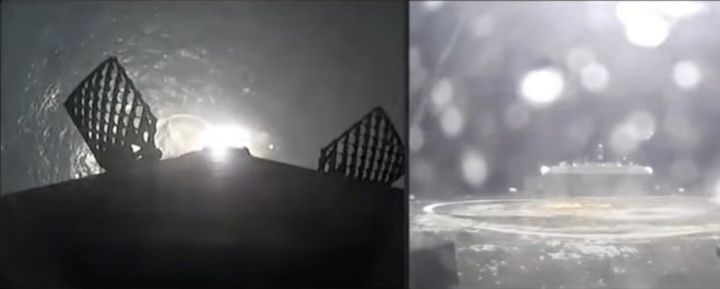
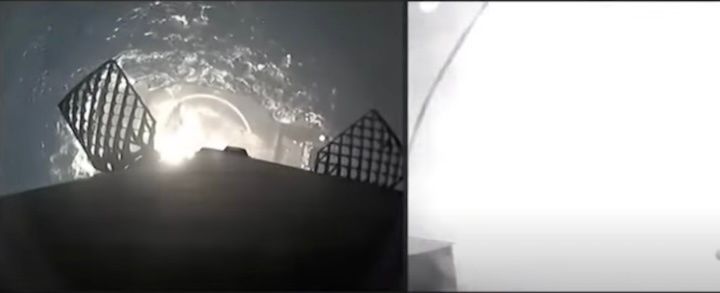
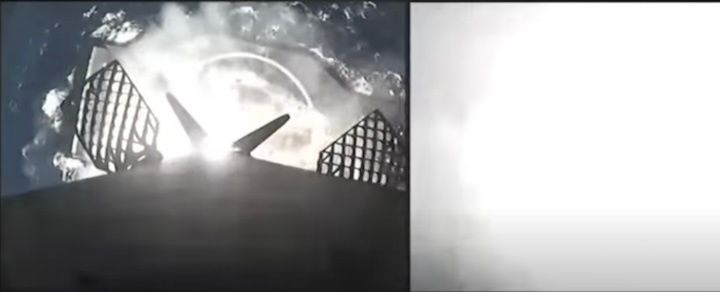
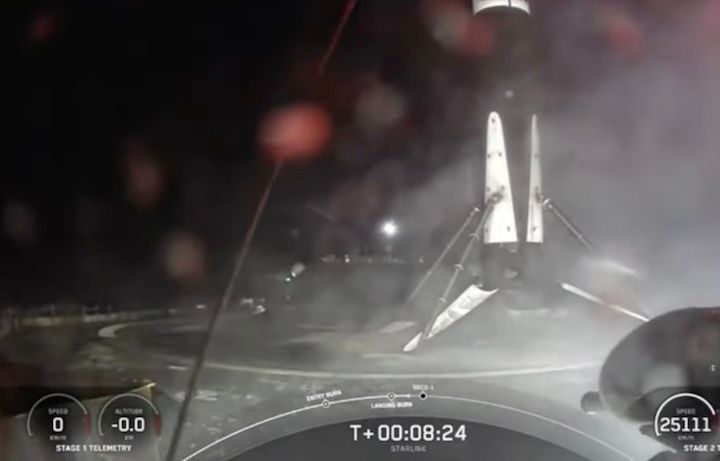
Quelle: SpaceX
